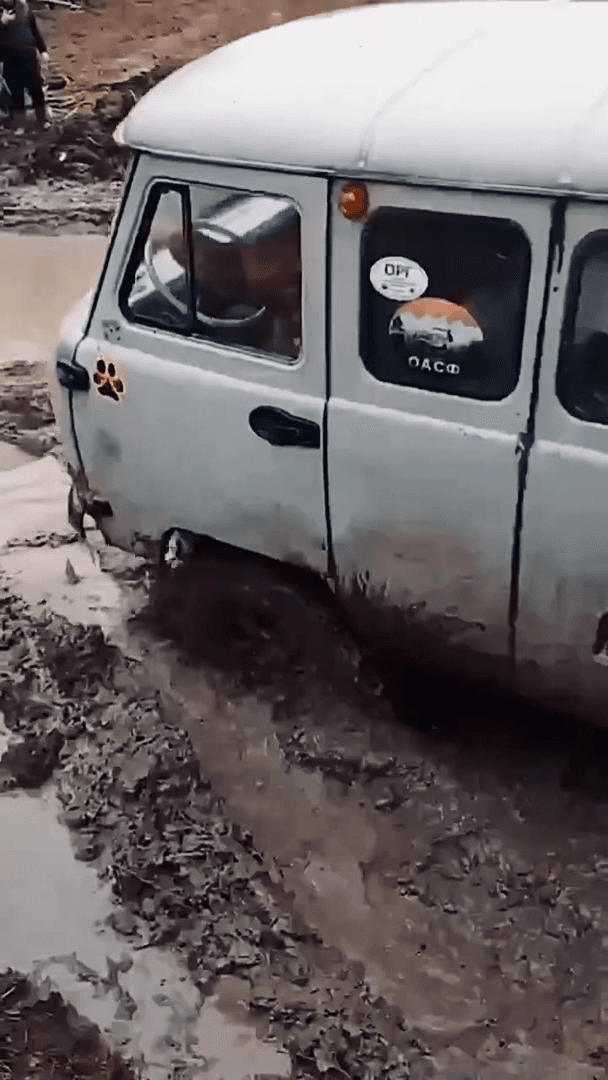
Best Hunting Regions in Morocco 2025: Rif Mountains, Sahara Desert, Game Species, Seasons & Permits Morocco offers over 150,000 hectares of exclusive hunting territory across mountains, deserts, forests, and wetlands. From driven boar hunts in the Rif to migratory bird shooting in the Sahara, the country delivers real field action for serious hunters. This guide covers the top hunting zones, species, seasons, terrain, and legal access for 2025. --- 📍 Rif Mountains: Boar & Barbary Sheep in Dense Forests Located in northern Morocco, the Rif Mountains are known for steep cliffs, thick oak forests, and cooler weather. This region is ideal for: • Wild Boar: Found in dense cover, hunted via driven battues with dogs. • Barbary Sheep (Aoudad): Present in rocky ridges and remote valleys. • Method: Driven hunts for boar; spot-and-stalk for sheep. • Season: October 1 – March 31 • Access: Tangier or Tetouan airport + 2–3 hour drive --- 📍 Sahara Desert: Migratory Bird Hunting in Open Terra
Post: 12 November 12:41
















































